The bulky yet sculptural brutalist architecture—its rough, unfinished surfaces and unusual shapes—reigned over urban landscapes from the 1950s to the 1970s, leaving an indelible impression on the evolution of design. Although brutalism entails a haunting simplicity and bareness, the emotional response it elicits is unparalleled. What if these brutalist tendencies moved beyond concrete and steel and into the realms of furniture and lighting design? Eindhoven-based designer Pierre Castignola employs plastic, which to him is a “mesmerising material,” and sculpts it to create a series of lamp designs dubbed Tower Lamps. Each floor lamp reiterates his conceptual focus that births intriguing, almost surrealist results. “My work always aims to have a conceptual background exploring various domains of interest to me, such as economy to industry, semiotics to anthropology or even politics to philosophy leading to unexpected outcomes,” says Pierre Castignola. “For instance, Copytopia, in which these lamps are a deviated outcome of this project, questions the benefits of the patent as part of the intellectual property system using one of the most recognizable objects of our time, the plastic garden armchair,” he adds.
All models partaking in the series feature a cohesive materiality and design language. Castignola’s affinity for plastic shines through as each object takes shape in polypropylene. “I feel it takes years to completely understand and accaparate a material to be able to thrive with it,” he says. Barthes used to qualify plastic as a magic material that has become ‘ubiquity itself.’ Unlike wood or metal, plastic is a material that is hard to grasp and understand completely, irrespective of how long one works with it. “The lack of understanding toward it creates a fascination, even if you know every process available and the composition of each plastic there is still something mysterious about it,” shares the product designer. “However its ecological impact ethically limits its use and pushed me to mainly use discarded material destined to trash,” he adds.
The Off-cut tower lamp, the first model made for the series, stemmed from an initiative to find an alternate use for plastic off-cuts Castignola’s other product designs. Years of production consequently led to an accumulation of parts that are difficult to utilise owing to their shape and size. “For years I have been wanting to make a standing light as I find fascinating the idea to have a large lamp bouncing light in a corner of a room,” he says. These lights tend to disappear in our interior landscape, giving a feeling of freedom in the sculptural approach. What comes to the forefront is the thoughtful balance of an organic conglomeration of hard and rough shapes, all achieved while keeping an organic system around the mantelpiece which is the TL tube—as if each piece was part of a bigger puzzle. This approach pushed the designer to embrace the intuitive side of the making process as opposed to a cold and calculated method. “I somehow always had a fear of missing out if I was to trash the off-cuts, even the smallest piece of wood makes me think that could have a use for it one day,” shares Castignola. “Since I started cutting plastic chairs I have kept every single bit of off-cuts until the tower of boxes filled with those was getting out of control and pushed me to create this design,” he adds.
The Inside-Out tower lamp adopts a completely different approach by utilising calculated straight cuts. It aims to focus the spotlight on the technical aspect of all the flanges, bords and renforts that are contained in plastic garden furniture designs, in this case, a garden table. “Plastic furniture fascinates with its outer simplicity while having an inner complexity,” says Castignola. “This dichotomy can be experienced while using such objects as our fingers wander around the insides and underneath those artefacts to discover a various and complex web of polypropylene,” he adds. The design of the lamps is an ode to the unseen and often overlooked aspect of mundane objects by composing varying cut parts around a TL tube, revealing the brutalist complexity of the raw material.
Castignola's intensive exploration of plastic is a revelation of the undiscovered possibilities—and constraints—that dwell in the ubiquitous material, a challenge in terms of both unpredictability and the process of manoeuvring around it. The functionality of the design object is stripped down to its simplest option, reducing the corresponding limitation to the minimum. “The only limitation left is based on the strength of the object and the process becomes a tennis game of balancing architectural strength to sculpting the shape of it,” the designer states. These eye-catching upcycled designs are gentle reminders that there is something oddly pleasing about giving value back to something that has completely lost it—a crucial tenet of sustainability. With their singular silhouettes, raw structural compositions, and brutalist presence, Castignola’s Tower Lamps are bold manifestations of a material that knows no limits.






 Sign in with email
Sign in with email


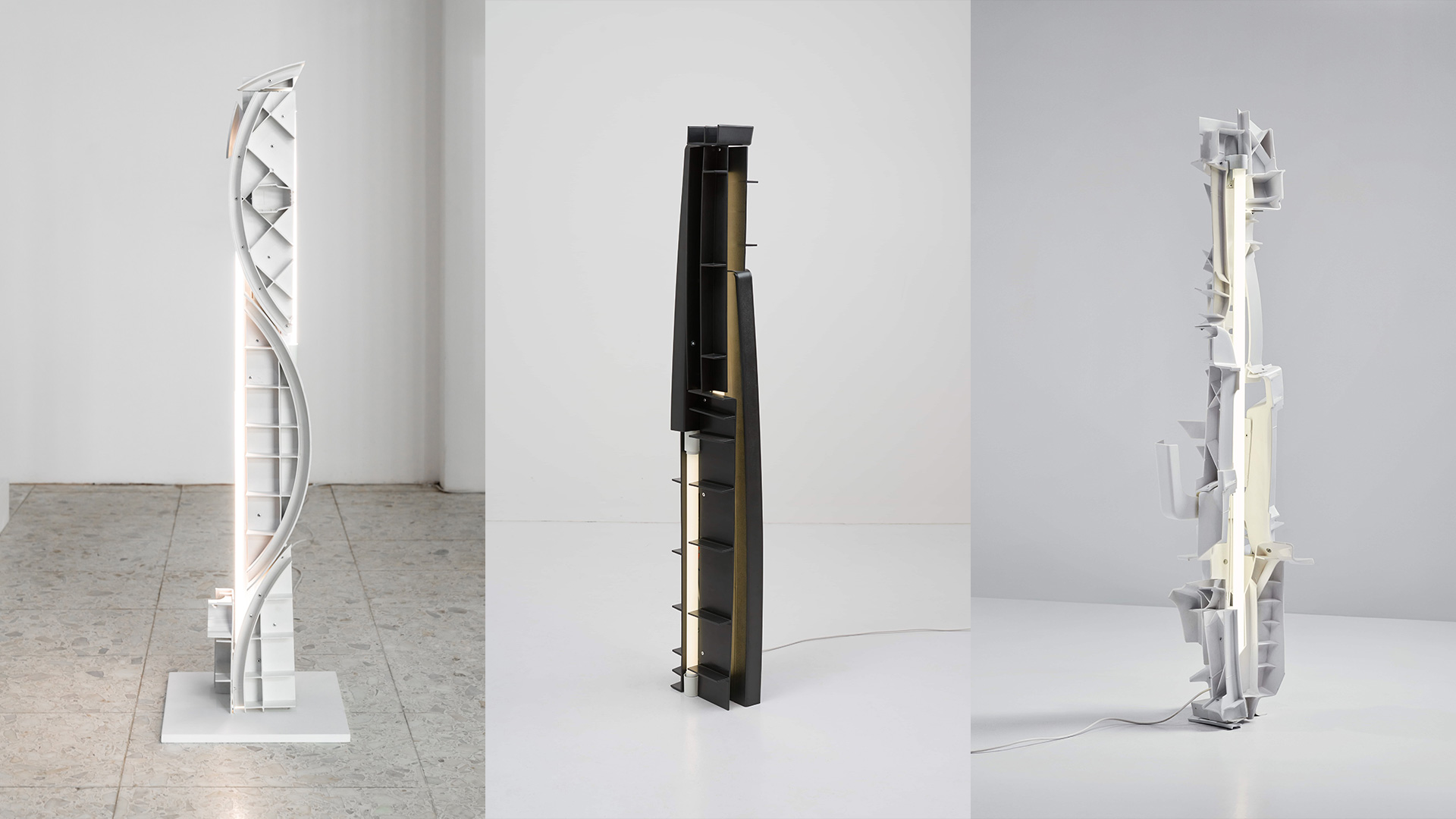
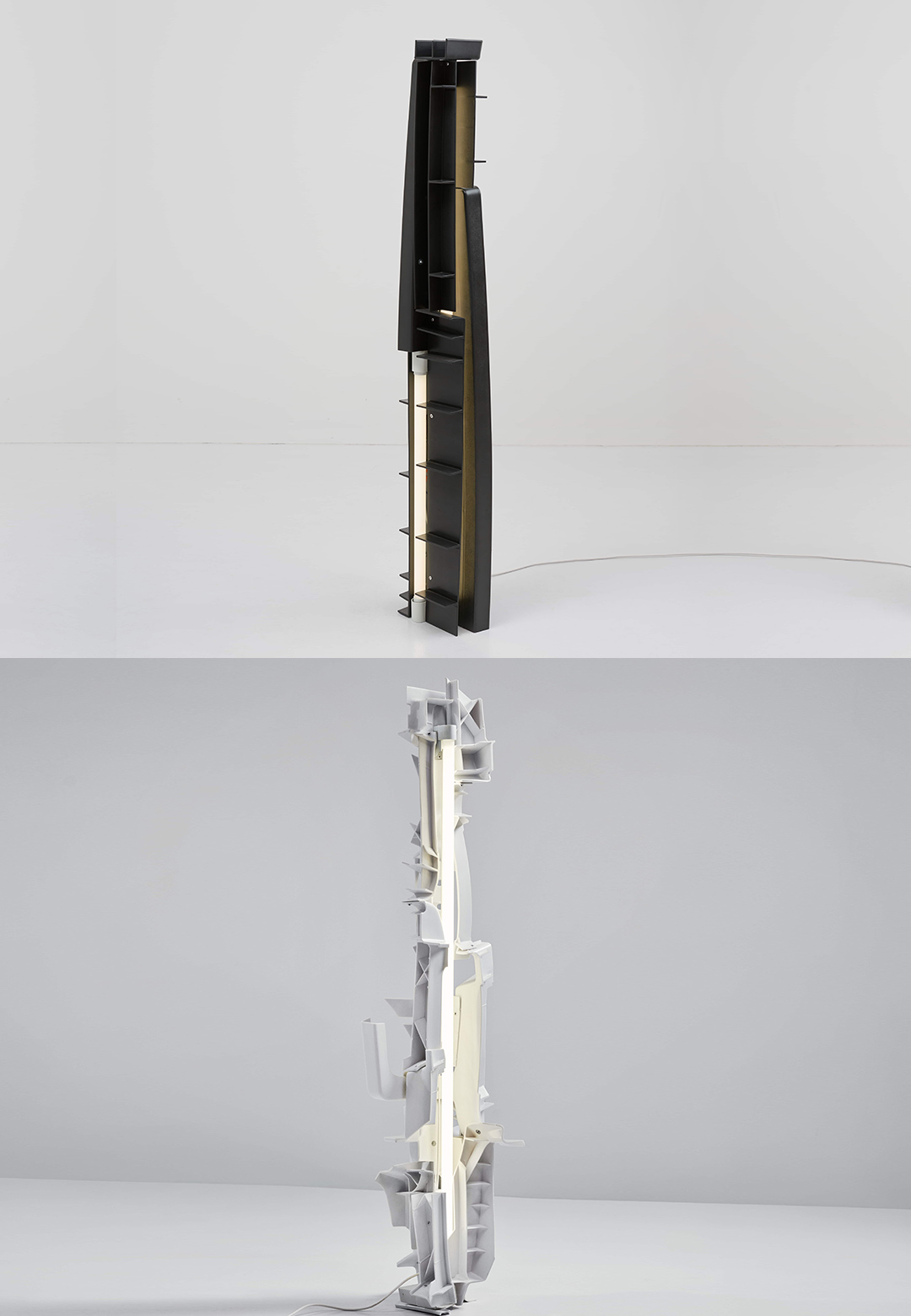
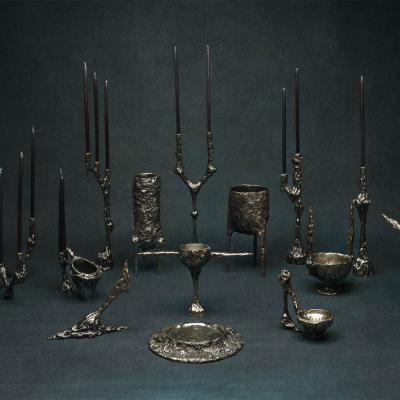
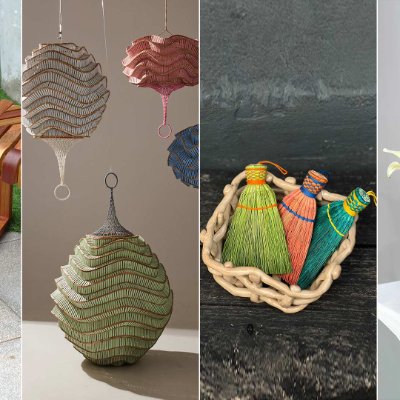
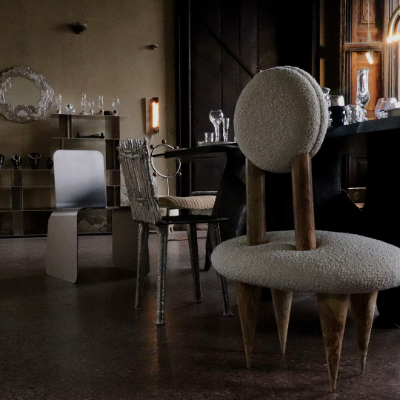
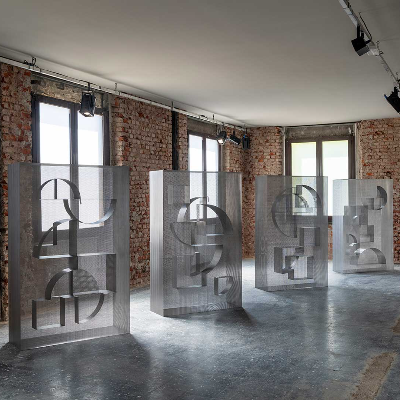
What do you think?